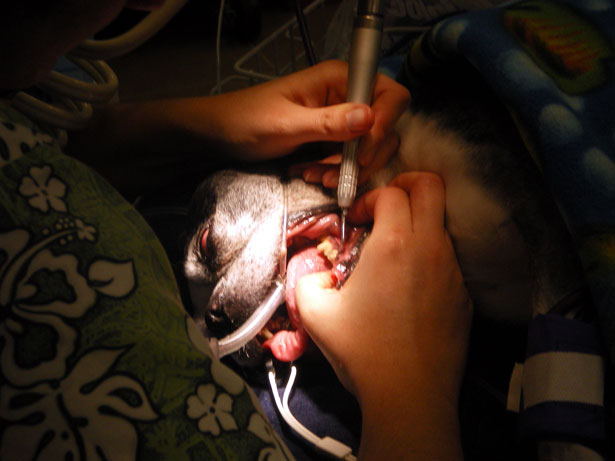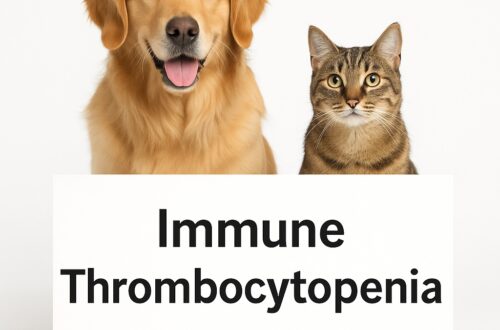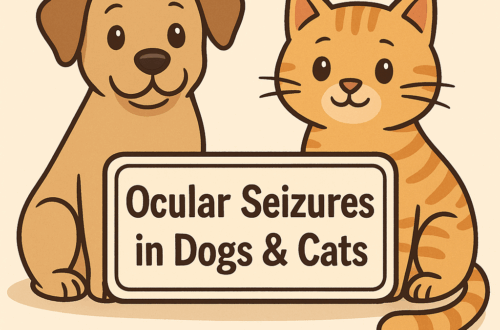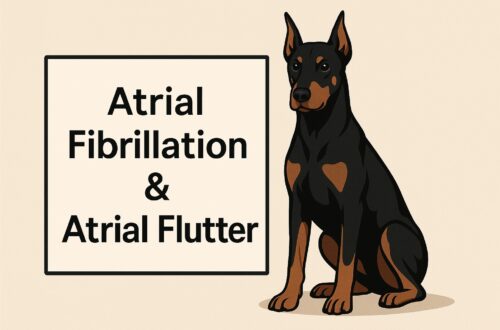Dental health is important for both humans and pets. Diseased gums and teeth readily cause halitosis (bad breath), and can be a sign of a serious health problem. Dental diseases can also affect other organs of the body too. Since February is National Pet Dental Health Month, I was to share some information about dental cleanings recommended by family veterinarians and board-certified veterinary dentists. Happy reading!

Dental Cleanings – What is needed beforehand?
A comprehensive dental cleaning – also called dental prophylaxis – in dogs and cats is a multi-step process. A veterinarian will ask you several questions about your pet’s diet, current medications, activity level, toys, and medical/surgical history. Pet parents should be prepared to answer these questions thoroughly. After obtaining a comprehensive history, the doctor will perform a complete physical examination, including an initial oral examination. This is an essential step for the veterinarian to assess your pet’s general wellbeing, including dental health.
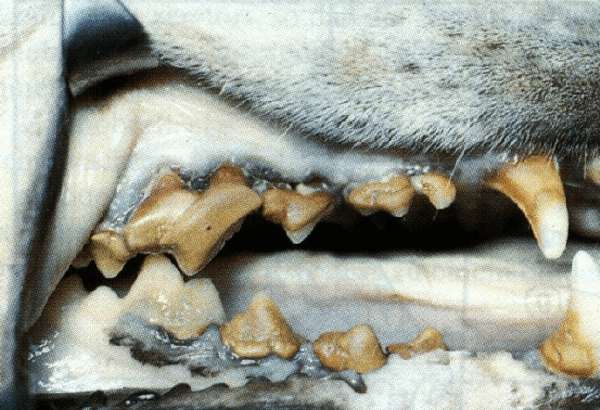
To perform a comprehensive dental cleaning, your pet is anesthetized. We discuss this more in just a bit. Prior to administering anesthetic drugs, a veterinarian will recommend some simple tests. This is done to ensure your pet is healthy enough for anesthesia. The tests recommended prior to anesthesia include:
- Complete blood count – a non-invasive blood test to assess white blood cells, red blood cells, and platelets
- Serum biochemical profile – a non-invasive blood test to evaluate liver and kidney function, as well as electrolytes (i.e.: sodium & potassium) and gastrointestinal enzymes
- Urinalysis – a non-invasive urine test to help assess kidney function and screen for urinary tract infection
- Blood pressure
- Electrocardiography (ECG/EKG) – a non-invasive evaluation of the electrical activity of the heart
Many pet parents are nervous about having their fur baby placed under anesthesia. I understand this concern. With unremarkable pre-anesthetic testing and proper monitoring while your pet is anesthetized, the likelihood of an anesthetic accident is quite low. I strongly encourage pet parents to ask their family veterinarian about the type of monitoring performed under anesthesia; the following is recommended:
- Vital signs (i.e.: heart rate, respiratory rate, body temperature)
- Blood pressure
- Pulse oximetry – a way of quantifying the amount of oxygen attached to hemoglobin, the oxygen-carrying molecule in the body
- Electrocardiography (ECG/EKG)
- Capnography – a way of measuring the amount of carbon dioxide breathed out by a pet
Dental Cleanings – How are they performed?
If a pet’s pre-anesthetic testing identifies no contraindication to administering anesthesia, then the veterinarian will perform a comprehensive dental cleaning. The procedure has four integral components:
- Complete oral examination – While a patient is anesthetized, the veterinarian can truly examine all areas of a pet’s mouth. This is not possible in an awake patient.
- Dental radiographs (x-rays) – Obtain radiographic images is essential to identify problems beneath the gum-line, including broken teeth, dead teeth, and abscesses.
- Cleaning under the gum-line – Periodontal disease lives under the gum-line, and it’s exceedingly important to clean this area. Cleaning below the gum-line is not possible in an awake patient.
- Scaling & polishing the teeth – Scaling or scraping plaque and calculus from the teeth is perhaps one of the most rewarding aspects of a comprehensive dental cleaning. After removing this material, the teeth are polished to leave a smooth surface that discourages the adherence of plaque and bacteria.
Dental Cleanings – Can they performed awake?
Pet owners often inquire about anesthesia free dental cleanings. They’re afraid of anesthetizing their fur babies for comprehensive dental cleanings, but they want their pet’s teeth cleaned. During anesthesia free dental cleanings, veterinarians only scale the teeth without anesthesia. As such, this procedure is often called non-anesthesia dental scaling or NADS.
The American Veterinary Dental College, the organization that board-certifies veterinary dentists in the United States, does not recommend anesthesia free pet dental cleanings. They do so with good reason. The NADS procedure does not fully clean the mouth. Yes, the teeth appear cleaner because plaque and calculus were removed. But the surfaces below the gum-line were not cleaned of bacteria. White teeth do not equal a clean mouth!
Anesthesia free dental cleanings can be stressful to pets. Without anesthesia, pets must be restrained for dental scaling. Someone must hold their mouths open. Understandably most dogs and cats aren’t exactly cooperative. They don’t understand what is happening. They’re scared. Furthermore, scraping away plaque and calculus can be uncomfortable! I hate going to the dentist, and I know what’s going to happen when I open my mouth to let the dental hygienist work. Your fur baby? Not so much! Some relatively heavy-handed restraint is often needed to complete the NADS procedure.
The take-away about dental cleanings in pets…
Just like for people, proper dental health is pivotally important for dogs and cats. Comprehensive dental cleanings performed at regular intervals ensure healthy mouths, and help reduce damage to other organs! Anesthesia free dental cleanings are not recommended because such procedures do not thoroughly clean mouths and are inappropriately stressful for pets. Family veterinarians are well-equipped to perform comprehensive dental cleanings, and board-certified veterinary dentists are available to partner with families should the need arise.
To find a board-certified veterinary dentist, please visit the American Veterinary Dental College.
Wishing you wet-nosed kisses,
cgb


